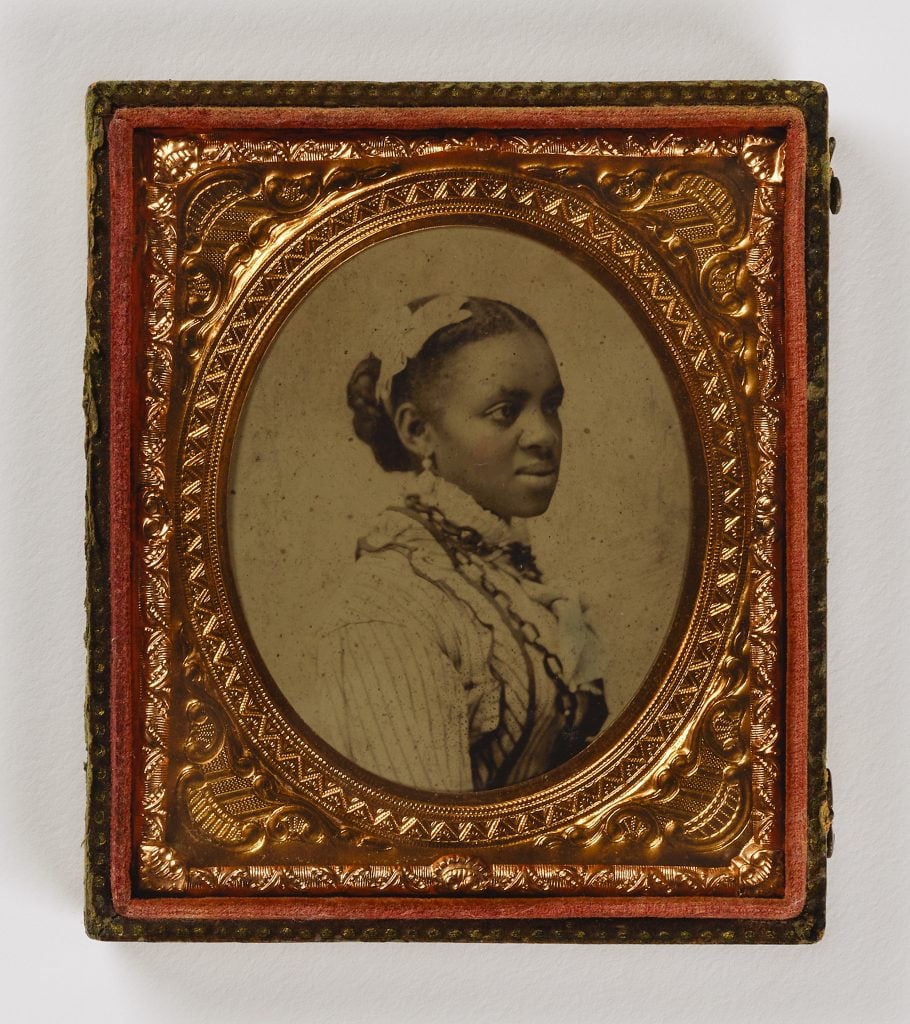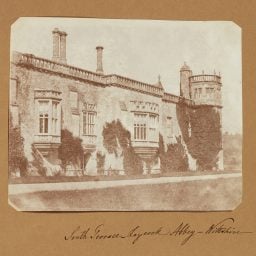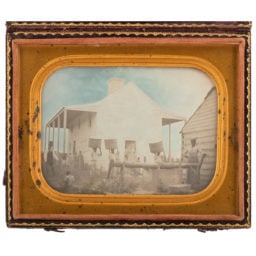The Smithsonian American Art Museum (SAAM) in Washington, D.C. has acquired a trove of early photographs that will help expand the narrative of the medium’s origins.
Included are portraits of abolitionists, pictures related to the Underground Railroad and the women entrepreneurs who made it possible, and a historic assortment of 19th-century daguerreotypes made by three noted Black photographers.
In total, 286 objects make up the lot, with all the images dating from the 1840s to the mid-1920s.
The institution purchased the objects from Larry J. West, a collector who first took an interest in antique photographs more than four decades ago, and has since amassed a rare selection of pictures that were largely made by Black photographers or depict Black subjects. The price to acquire the collection was in the six figures, according to the New York Times.
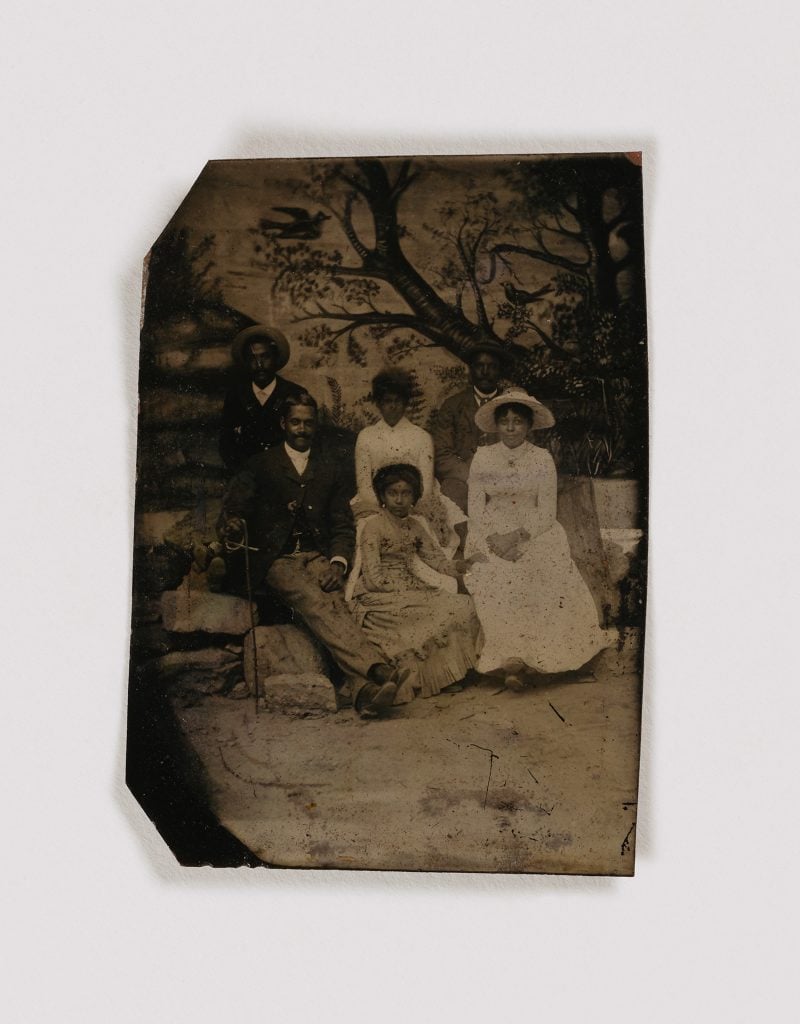
Unidentified artist, Untitled (family, painted backdrop), undated, tintype. Courtesy of the Smithsonian American Art Museum.
“When it came time to place the three collections that I have nurtured all these 45 years, the Smithsonian American Art Museum was the obvious best choice with its reputation for fostering research and new scholarship and the plans presented by its curators to feature objects from these collections, in conversation with paintings and sculpture from the same time period, in the public galleries,” West said in a statement.
“For collector-researchers like myself, this use of the objects and research findings is critical. It proves that anything a current collector has is not ‘owned,’ we are merely custodians for them,” West added.
Lonnie Bunch, secretary of the Smithsonian and the former director of the National Museum of African American History and Culture, praised the collector’s “persistent pursuit of artworks and material culture that serve to illuminate an important time in the history of this nation.”
The objects “will help future historians and visitors to the Smithsonian understand the early American experience in a more inclusive manner,” he said.
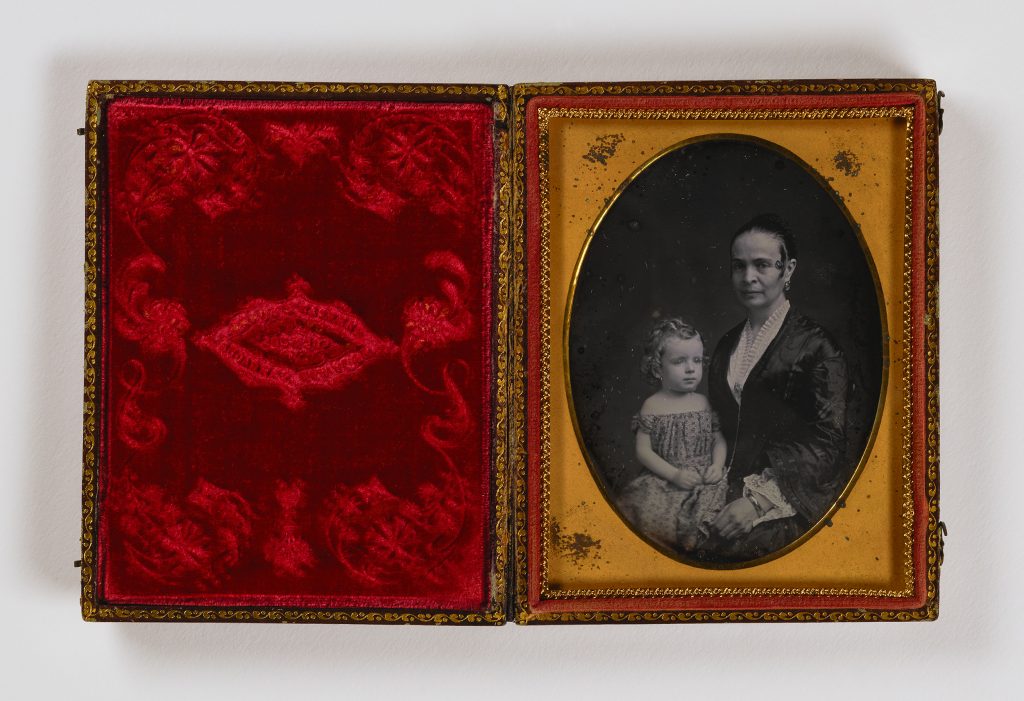
Mathew Brady, Untitled (woman with child on lap), undated, quarter-plate daguerreotype. Courtesy of the Smithsonian American Art Museum.
One highlight is a group of 40 daguerreotypes by three of the most prominent Black studio photographers of their day, James P. Ball, Glenalvin Goodridge, and Augustus Washington.
With the acquisition, SAAM now owns more of these rare artworks than any other institution in the country. (The U.S. Library of Congress holds 26 and the Smithsonian’s National Museum of American History owns 11. There are only an estimated 166 daguerreotypes by the three photographers in existence.)
Some of the pictures and other selections from the West collection will go on view in SAAM’s early American photography gallery, a new addition to the institution that will open as part of an ongoing re-installation of its permanent collection galleries. The theme of the presentation in the new gallery will be the “democratization of portraiture.”
John Jacob, SAAM’s curator for photography, said that the “near absence of diverse portrait sitters and non-white photographers from many early American photography collections, including SAAM’s, is ahistorical.”
“Significantly, SAAM now can show an inclusive history of photography, with African Americans among its earliest practitioners, conveying to viewers their contributions as innovators and entrepreneurs,” he added.
See more examples from the collection below.
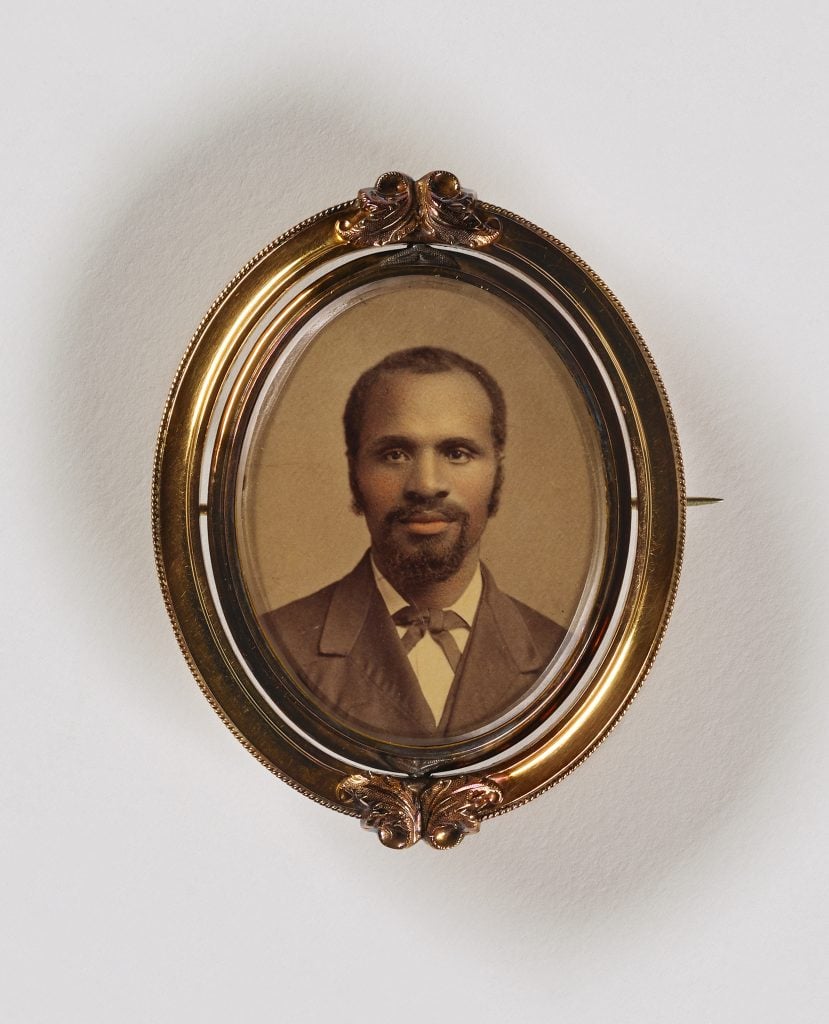
Unidentified artist, Untitled (brooch, man with goatee), undated, albumen print in metal setting. Courtesy of the Smithsonian American Art Museum.
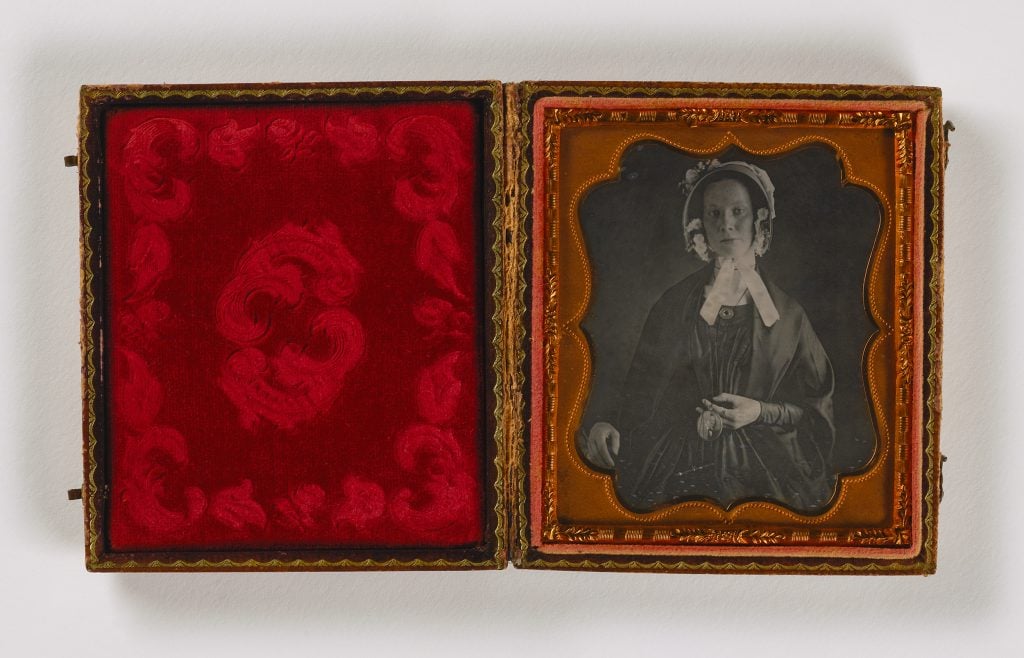
Unidentified artist, Untitled (woman with large photo-pendant), 1850, sixth-plate daguerreotype. Smithsonian American Art Museum.
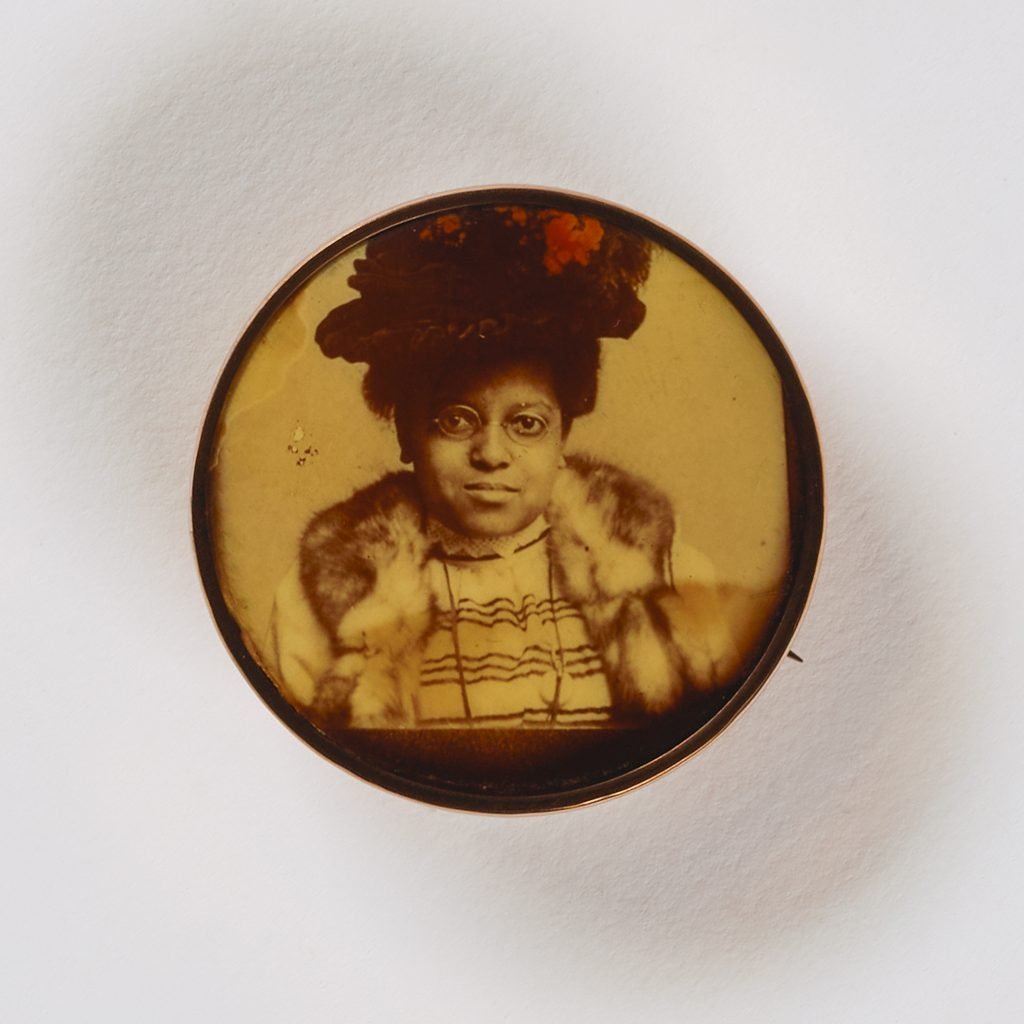
Unidentified artist, Untitled (pin, woman in hat), undated, celluloid in metal setting. Courtesy of the Smithsonian American Art Museum.
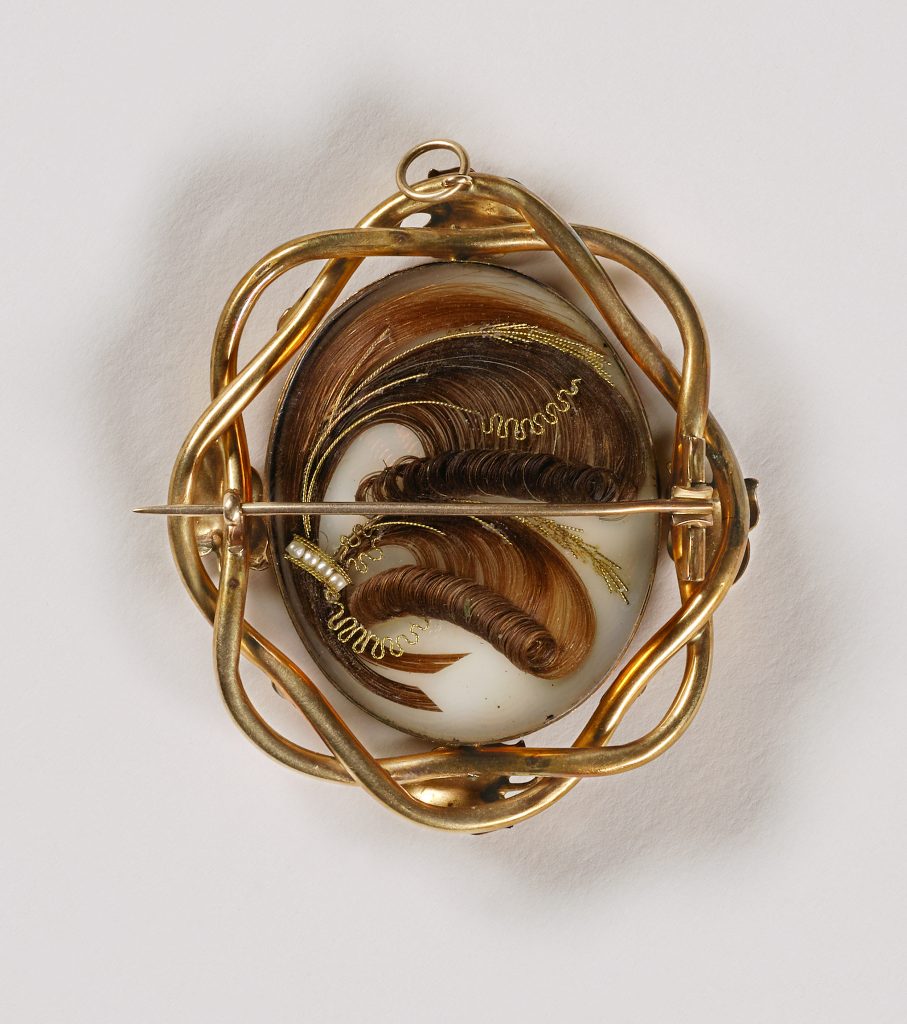
Unidentified artist, Untitled (pin/pendant, woman with curls; verso, with sculpted
hair), 1853, daguerreotype in metal setting. Courtesy of the Smithsonian American Art Museum.
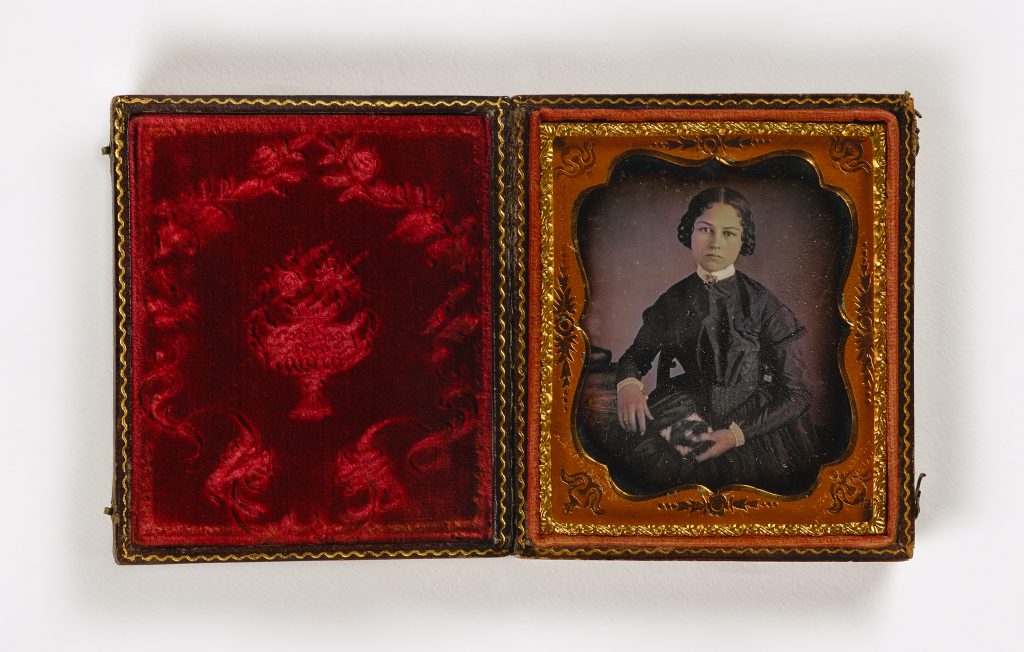
Augustus Washington, Untitled (woman with books and cased image), undated, sixth-plate daguerreotype. Courtesy of the Smithsonian American Art Museum.
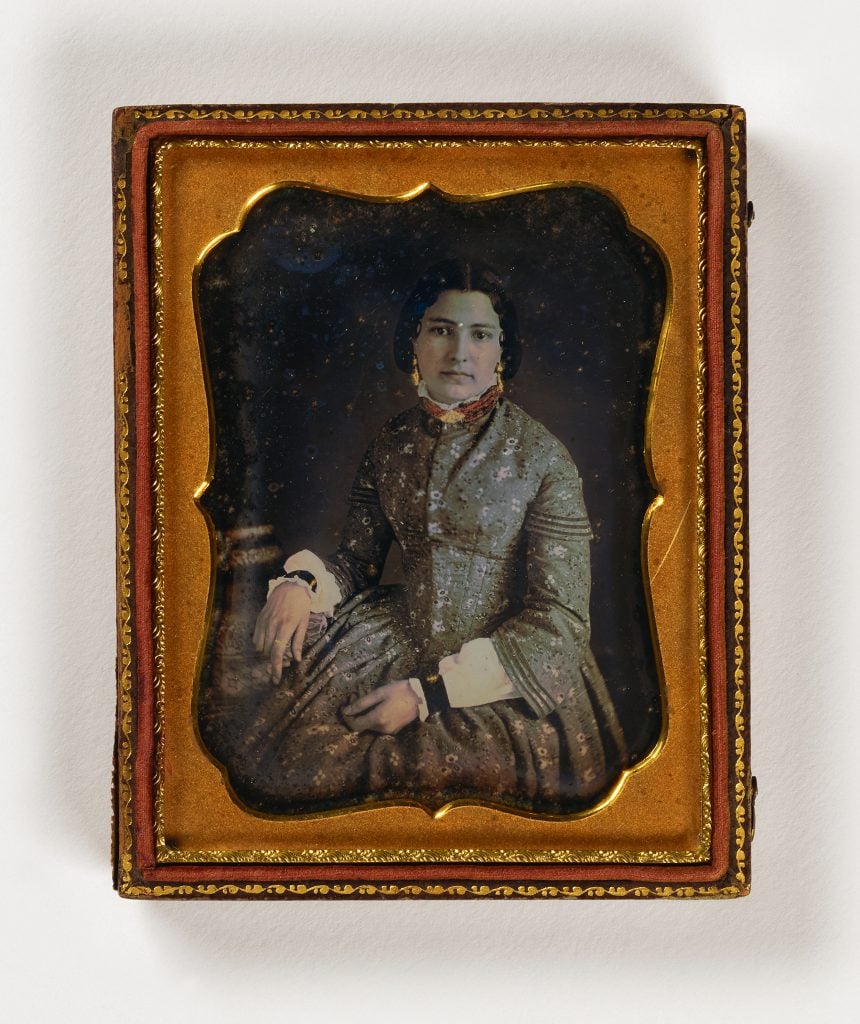
Augustus Washington, Untitled (woman with books), undated, quarter-plate daguerreotype. Courtesy of the Smithsonian American Art Museum.
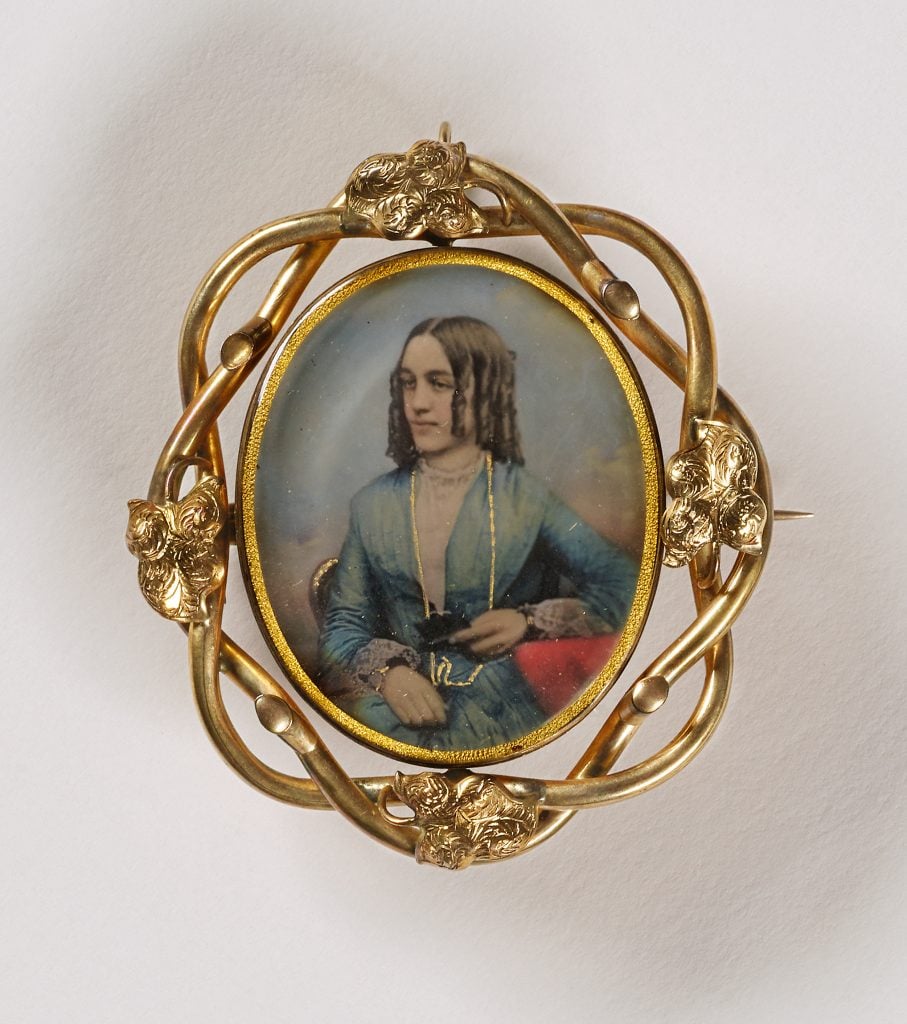
Unidentified artist, Untitled (pin/pendant, woman with curls; verso, with sculpted hair), 1853, daguerreotype in metal setting. Courtesy of the Smithsonian American Art Museum.
